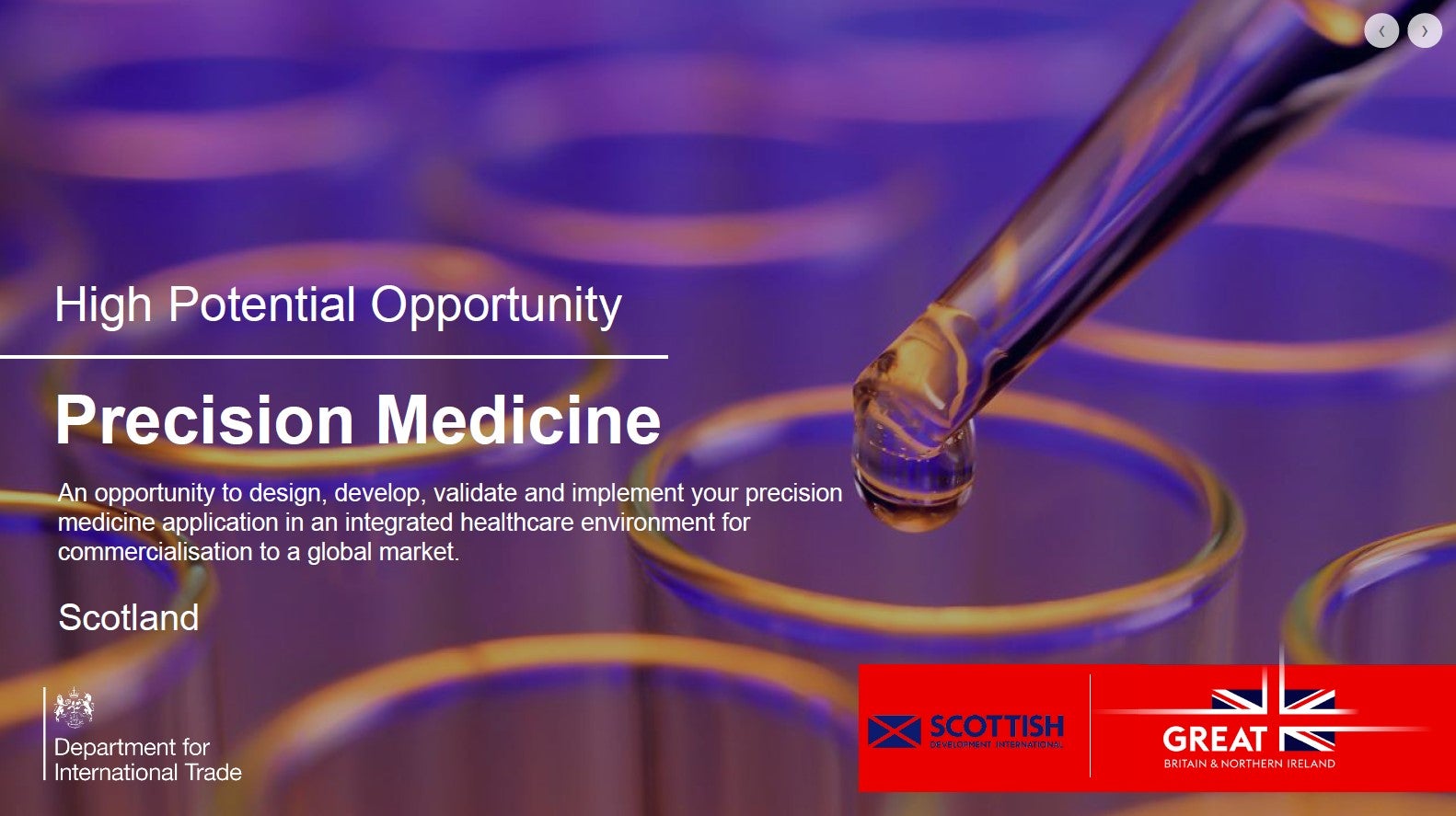Wearable technology is a blanket term for electronic devices that can be worn on the body, either as an accessory like a watch or a pair of glasses or as part of the material used in clothing such as sportswear that measures biometrics. According to GlobalData analysis, the wearable tech market was worth nearly $46bn in 2022 and is expected to grow to over $100bn by 2027, at a compound annual growth rate (CAGR) of 17%. The market for wearables has been growing significantly within the medical market over the past several years and is in the middle of a period of technological advancement in the healthcare industry.
Recent advances in wearable devices are providing value for healthcare with a focus on monitoring and prevention. These advantages are felt through the healthcare value chain with benefits including early diagnosis, remote patient monitoring, information libraries, and better decision-making while reducing healthcare costs. The Google-owned device maker, Fitbit, recently launched its new health-tracking smartwatch to detect atrial fibrillation. The new wearable uses a photoplethysmography (PPG) optical heart-rate sensor to collect heart rhythm readings, detect irregularities, and notify the wearer automatically. The result of a clinical trial of 455,000 Fitbit users showed that about one-third of those who received irregular heart rhythm notifications received a confirmed diagnosis with atrial fibrillation (AF). For people diagnosed with AF, the Apple Watch, WatchOS 9, added an FDA-cleared heartbeat tracking tool called AFib History to estimate how frequently a wearer shows signs of the irregular and often extremely rapid heartbeat. The data from smartwatches can be easily downloaded and shared with doctors to support diagnostics and treatment in real-time.
In addition to cardiac monitoring, other features that help users monitor health conditions have been added to smartwatches and fitness trackers. Many smart watchmakers are now adding blood oxygen (Sp02) sensors to their devices as standard, triggered by the Covid-19 pandemic. Built-in thermometers in wearables can track the rise in body temperature that often accompanies viral infections. The advanced wearables provide health warnings that indicate potential risks, as well as the capability to analyze data over a longer time and make suggestions about how to improve health conditions.
GlobalData expects more indications will be added to the next generation of wearable devices. According to GlobalData’s clinical trials database, there are over 160 planned or ongoing clinical trials for wearable devices. The most targeted indications include nervous system diseases, cardiovascular diseases, infectious diseases, nutritional and metabolic diseases, respiratory tract diseases, orthopaedic diseases, cancer, women’s health, urologic diseases, and hematologic diseases.





